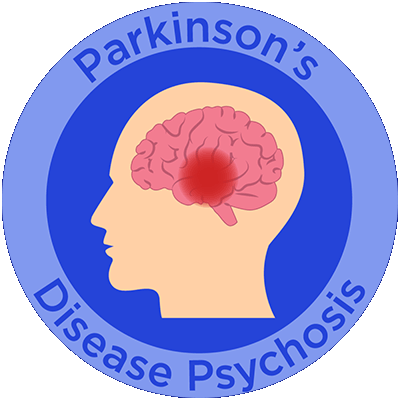What Is Parkinsons?
Parkinson’s disease (PD) is a chronic, neurodegenerative disorder second only to Alzheimer’s disease in how often it occurs. It affects approximately 1% of the population over age 60. An estimated 1 million people are living with PD in the U.S.
PD affects cells in the brain called neurons. By affecting the release of dopamine, a chemical in the brain, PD can cause slow movements, tremor, rigidity, and other problems affecting posture, balance, and walking. Fatigue, depression, sleep disturbances, pain, and other symptoms may occur as well.
While PD cannot be cured, there are many effective treatments that can help control symptoms. Your doctor will work together with you to come up with the best treatment plan for you.
References
- American Society of Retina Specialists (ASRS). Diabetic retinopathy. https://www.asrs.org/patients/retinal-diseases/3/diabetic-retinopathy. Accessed November 26, 2019.
- Farley TM, Mandava N, Prall FR, Carsky C. Accuracy of primary care clinicians in screening for diabetic retinopathy using single-image retinal photography. Ann Fam Med. 2008;6:428-434.
- Varma R. Diabetic retinopathy: challenges and future directions Am J Ophthalmol. 2006;141:539-541.
- Solomon SD, Chew E, Duh EJ, et al [2017 ADA Position Statement]. Diabetic retinopathy: A position statement by the American Diabetes Association. Diabetes Care. 2017;40(3):412–418.
- CDC Vision Health Initiative. Diabetic retinopathy. https://www.cdc.gov/visionhealth/publications/diabetic_retinopathy.htm.
Accessed February 18, 2019. - Opere CA, O’Brien KK, Shea JL. Understanding diabetic retinopathy U.S. Pharm. 2011;36:46-52.
- Cheung N, Mitchell P, Wong T. Diabetic retinopathy 2010;376:124-136. 2010;376:124-136.
- Eshaq RS, Aldalati AMZ, Alexander JS, Harris NR. Diabetic retinopathy: Breaking the barrier. Pathophysiology. 2017;24:229–241.
- Rotsos TG, Moschos MM. Cystoid macular edema. Clin Ophthalmol. 2008;2:919-930.
- Garg S, Davis RM. Diabetic retinopathy screening update. Clin Diabetes. 2009;27:140-145.
- Javey G, Schwartz SG, Flynn Jr HW. Emerging pharmacotherapies for diabetic macular edema. Exp Diabetes Res.
2012;2012(548732):1-12.






